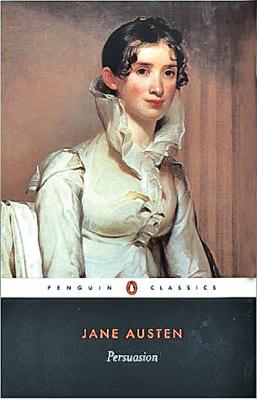
 Jane Austen’s Persuasion centres on the upper class Elliot family of Kellynch Hall in Regency England during the early nineteenth century. The novel examines the themes of the value of constancy in love, marriage, class structure and social mobility. The protagonist in the novel is Anne Elliot who was persuaded by her friend Lady Russell to break off her engagement with Fredrick Wentworth because he is a commoner.
Jane Austen’s Persuasion centres on the upper class Elliot family of Kellynch Hall in Regency England during the early nineteenth century. The novel examines the themes of the value of constancy in love, marriage, class structure and social mobility. The protagonist in the novel is Anne Elliot who was persuaded by her friend Lady Russell to break off her engagement with Fredrick Wentworth because he is a commoner.
Austen portrays Anne as an intelligent and elegant woman who has a mind of her own, and Wentworth as a brilliant and headstrong naval officer. The novel is deeply moving because of the presentation of the constancy of Anne and Wentworth’s affection. Wentworth and Anne are destined to meet again after eight years and have a second chance. Anne tells Wentworth, “If I was wrong in yielding to persuasion once, remember that it was to persuasion exerted on the side of safety, not of risk. When I yielded, I thought it was to duty; but no duty could be called in aid here. In marrying a man indifferent to me, all risk would have been incurred and all duty violated.”
In Persuasion, Austen once again emphasizes the importance of compatibility, and understanding and affection in marriage, through the depiction of the marriage between Anne and Wentworth, as opposed to Anne marrying the wrong man such as her cousin William Elliot for the sake of convenience. Austen’s tone is subversive and she uses free indirect discourse to express her point of view.
Reviewed by Ryhanna Salie
